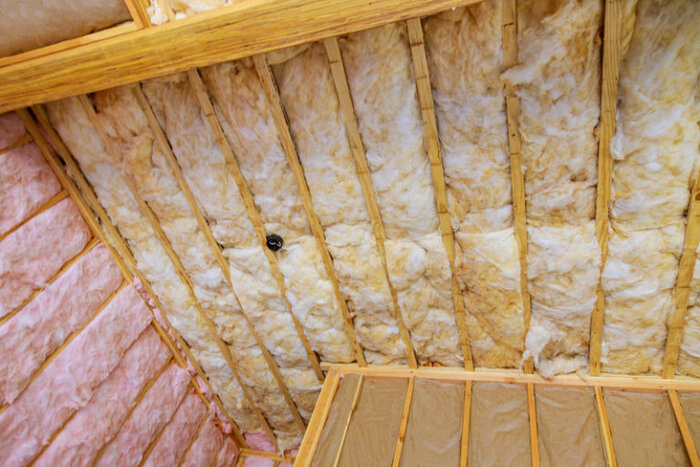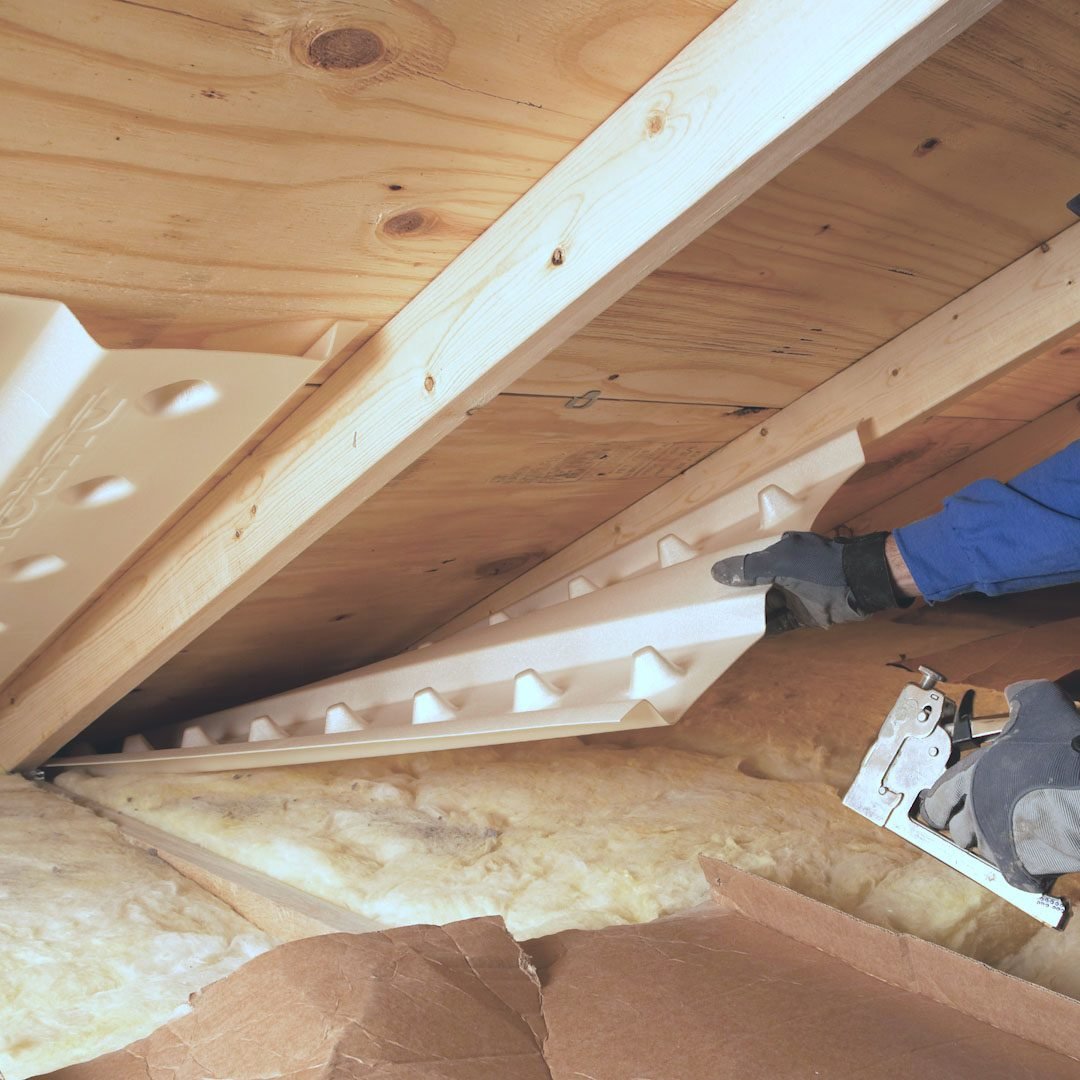How Attic Insulation DFW Can Transform Your Home's Climate Control
How Attic Insulation DFW Can Transform Your Home's Climate Control
Blog Article
Discover the Different Kinds Of Attic Insulation and Their Unique Advantages for Your Home's Power Effectiveness

Fiberglass Insulation
Fiberglass insulation is one of the most generally used materials for attic room insulation due to its exceptional thermal performance and cost-effectiveness. Composed of little glass fibers, this product properly catches air, developing a protecting barrier that helps preserve constant interior temperature levels. Its high R-value per inch makes it especially reliable at withstanding heat transfer, which is critical for power preservation in homes.
Installation of fiberglass insulation is reasonably uncomplicated, typically available in batts or loose-fill kinds, accommodating various attic room configurations. In addition, it is resistant and non-combustible to wetness, decreasing the risk of mold and mildew development. This resilience adds to its durability, making fiberglass a sensible long-term financial investment for home owners.
In addition, fiberglass insulation is often manufactured from recycled materials, which enhances its eco-friendliness. The material can likewise add to soundproofing, reducing noise transfer between areas. While it is important to use protective equipment during setup to prevent irritation from the fibers, the overall benefits of fiberglass insulation, consisting of power financial savings and ecological factors to consider, make it a popular choice for boosting attic performance and promoting a comfy living setting.
Spray Foam Insulation
Spray foam insulation is a very efficient alternative for attic insulation, known for its exceptional air securing and thermal efficiency. This cutting-edge insulation product is composed of a combination of isocyanate and polyol material, which, when incorporated, increases swiftly to load voids and dental caries in the attic room. Its ability to abide by different surfaces makes certain a continuous obstacle against air leaks, considerably reducing heat loss during colder months and warmth gain during warmer seasons.
Among the key advantages of spray foam insulation is its high R-value per inch, which suggests it supplies exceptional thermal resistance in a relatively thin application. This is specifically useful in attic rooms where room is commonly limited. Furthermore, spray foam can assist minimize dampness build-up, decreasing the danger of mold and mildew and mold development, which can be destructive to both the framework and indoor air high quality.
While the preliminary expense of spray foam insulation may be greater than traditional choices, its long-lasting power cost savings, paired with enhanced convenience and boosted home value, make it a rewarding investment for house owners seeking boosted energy performance. Attic Insulation DFW. Overall, spray foam insulation sticks out as an effective service for optimizing attic room insulation
Cellulose Insulation

Cellulose insulation is a prominent option for attic insulation, mainly composed of recycled paper items treated with fire resistants. This ecologically pleasant alternative is known for its superb thermal performance, properly decreasing warmth transfer in both summer and cold weather. The dense composition of cellulose enables it to load gaps and gaps in attic room spaces, supplying a smooth obstacle against air leaks.
Among the significant benefits of cellulose insulation is its capability to stand up to mold and mildew and bugs, owing to the fire resistant therapies made use of during manufacturing. Furthermore, it boasts a high R-value per inch, which translates into premium power effectiveness. Homeowners can expect reduced heating & cooling costs as an outcome of boosted insulation.
Setup is generally completed with blowing loosened cellulose into the wanted area, allowing for a reliable and fast procedure. This approach likewise decreases disruption to the existing framework. Cellulose insulation has a relatively reduced ecological influence, as its production procedure uses recycled products, adding to lasting structure methods.
Rock Wool Insulation
Amongst the various read here options for attic room insulation, rock woollen, also referred to as mineral wool, attracts attention due to its outstanding thermal and acoustic performance. Made from recycled or natural products, rock woollen is developed by thawing rock and rotating it into fibers, leading to a product that provides exceptional insulation residential or commercial properties.
One of the significant advantages of rock woollen insulation is its high R-value, which shows its performance in withstanding warm circulation. This particular not just enhances power effectiveness however likewise adds to maintaining a comfy indoor temperature year-round. Additionally, rock woollen is inherently fire-resistant, making it a more secure alternative for homes as it can stand up to high temperatures without melting or releasing poisonous fumes.
In addition, rock wool insulation excels in soundproofing capabilities, effectively lowering sound transmission between areas and from outside sources. This makes it an ideal selection for house owners seeking a peaceful living setting. Rock woollen is moisture-resistant, helping to protect against mold development and preserving the architectural honesty of the attic room. In general, rock woollen insulation offers a comprehensive option for boosting energy performance, safety, and convenience in residential settings.
Radiant Obstacle Insulation
Glowing obstacle insulation works as an efficient remedy for minimizing heat transfer in attics, specifically in warmer environments. This sort of insulation works by look here showing convected heat far from living rooms, thereby decreasing the quantity of warm that gets in a home throughout hot weather - Attic Insulation DFW. Generally composed of a highly reflective product, such as aluminum foil, glowing obstacles are mounted in attics, facing the roofing system, where they can intercept incoming heat from the sun
The main benefit of radiant obstacle insulation is its capacity to lower air conditioning expenses. By reflecting warmth instead of absorbing it, glowing barriers can help keep a more stable interior temperature level, lowering the work on air conditioning systems. This efficiency converts right into reduced power expenses and boosted convenience for house owners.
Along with power cost savings, radiant barriers can additionally add to enhanced indoor air quality. By reducing warmth build-up, they assist reduce humidity degrees, which can browse around these guys stop mold growth and enhance total air flow. When installed correctly, glowing barrier insulation can be an invaluable enhancement to any type of energy-efficient home, making it a worthy factor to consider for home owners aiming to improve their attic insulation approach.
Final Thought
In conclusion, comprehending the numerous types of attic insulation-- fiberglass, spray foam, cellulose, rock woollen, and glowing barriers-- allows home owners to make informed choices regarding energy effectiveness. By picking the appropriate insulation material, considerable decreases in power costs can be accomplished, along with improvements in interior convenience.

In final thought, understanding the numerous types of attic room insulation-- fiberglass, spray foam, cellulose, rock woollen, and radiant obstacles-- allows homeowners to make educated decisions concerning power performance.
Report this page